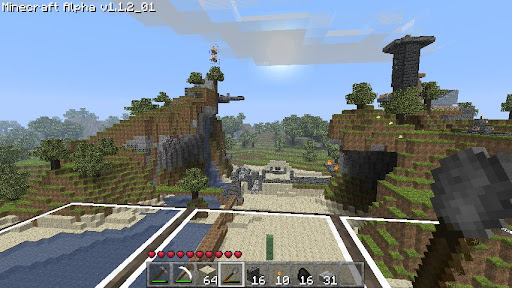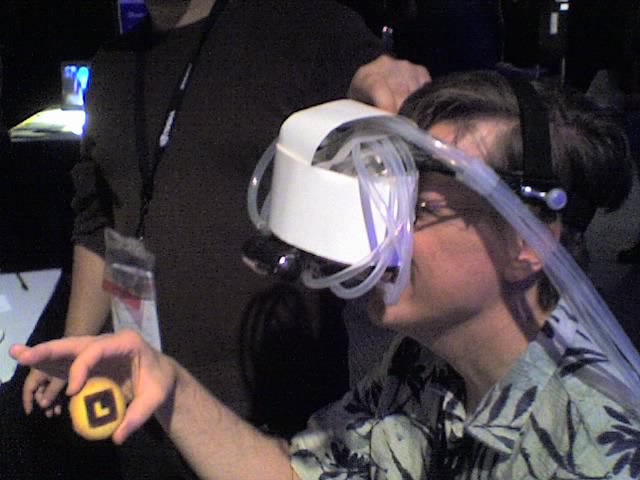Now that I3D reviews are over (and my Minecraft addiction is beginning to wane), back to blogging. So I was reading “Yes!“, which is a pretty fun bathroom book. It’s a bunch of short articles on various recent bits of social psychology. The “you can use this in your business” tone of this book is annoying, unlike the same authors’ wonderful book, “Influence“. Nonetheless, there are cool little ideas that make you see the world in a different way.
One chapter I just finished was “When is your name your game”. It turns out that if you’re named Dennis, you’re 43% more likely to become a dentist than some random guy. If you’re name George or Geoffrey, you’re more likely to go into the geosciences such as geology. Your name also influences where you live: there are a disproportionate number of Louises in Louisiana and Florences in Florida. Someone named Washington is more likely to live on Washington Street. Even first letters matter: if your name starts with an A, you’re more likely to like Almond Joy than someone without that initial A. Of course, you say you’d never take on any of these sorts of biases, that’s what everyone in these studies says, but the statistics say different.
This seems true for at least one acquaintance of mine, Rod G. Bogart. With initials like that, not to mention a first name that goes with “and cones”, his name is perfectly suited to computer graphics work. Now if he just had friends named Roy G. Biv and Hugh St. Val, life would be complete.
So, be careful naming your kids. I highly recommend for a boy the name Raymond Tracey, “Ray” for short. Or Norman Victor might help point him in the right direction. If you’re more into math, perhaps Algy (though with a name like that, expect him to get beat up a lot, unless he can hang out with the cool kids and be called “Algy, bro”). For girls, Alfa Belinda could work, though names like Polly Nomial clearly give away what you’re up to, and could have a backlash effect; she might go into the study of implicit surfaces (shudder), just to rebel against you.


